Iambic pentameter captions?
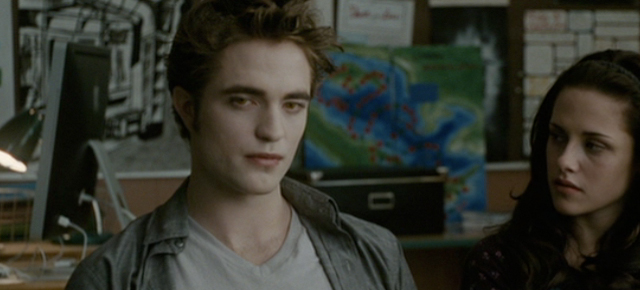
Should poems and other quoted material be captioned as they were originally written?
Consider a movie character reciting poetry or an English professor discussing a poem in a university lecture. When poetry is recited in captioned video, it needs to be presented in its original form. Line breaks in poetry need to be honored. In traditional verse, lines adhere to a rhythmic pattern. One kind of pattern or meter is iambic pentameter: a repeated tick-tock pattern of five iambs, with each iamb made up of two syllables (an unstressed followed by a stressed syllable).
Shakespeare’s plays and sonnets were composed in iambic pentameter, which means, put very simply, that each line of verse is a deliberate unit of meaning. To disregard the pentameter structure of the typical Shakespearean line is to violate the sanctity of the text itself.
Captioners should obey the formal structure of the verse whenever possible. This guideline is crucial for captioned university lectures that provide instruction to viewers/students on writing or interpreting poetry. If deaf and hard of hearing students are learning about poetic meter and “feet,” they need to be able to rely on the visual display of captions to reinforce the lectures. Why make iambic pentameter an explicit topic and then not display the pentameter verse in pentameter form?
This guideline is less crucial in movies and TV shows that use fictional characters to recite well-known verse. But adherence to the original form still matters, or at least should be seriously considered when poetic verse is converted to captioned lines.
In a scene from Twilight: New Moon (2009), Edward (Robert Pattinson) is asked by the English teacher to “repeat the last few lines of iambic pentameter” from the TV version of Romeo and Juliet the class has been watching. The teacher’s naming of the form places an additional burden on captioners to represent the recited lines in the original (and pretty darn famous!) pentameter structure.
The original lines are taken from the very end of Shakespeare’s Romeo and Juliet:
O, here
Will I set up my everlasting rest,
And shake the yoke of inauspicious stars
From this world-wearied flesh. Eyes, look your last!
Arms, take your last embrace! and, lips, O you
The doors of breath, seal with a righteous kiss
A dateless bargain to engrossing death!
When Edward recites these lines, they are displayed as six captions:
“O here will I set up my everlasting rest
“and shake the yoke of inauspicious stars
from this world-wearied flesh.“Eyes, look your last.
“Arms, take your last embrace!
“And, lips, O you, the doors of breath,
“seal with a righteous kiss a dateless
bargain to engrossing death!”
To some extent, Edward’s delivery follows the poetic line. He pauses after “O here,” i.e. the end of the Shakespearean line. But he also obscures the iambic construction by pausing naturally, as any speaker would, at the hard stop of the period and exclamation point.
But more to the point, the captions don’t correspond to what Shakespeare wrote. The pentameter line break is not honored. Lines are placed on the screen almost haphazardly. The break between “dateless” and “bargain” is careless. It makes more sense, in this instance, to follow the guideline to keep adjectives together with their nouns on the same line. Moreover, the first word of each new poetic line is not capitalized, one capitalized word in the captions (“And”) is not capitalized in the original, and the punctuation of the original is ignored (e.g. “O, here,” the comma after “rest,” and the exclamation point after “last”).
Don’t captioners have a responsibility to quote poems (and other copyrighted or published texts, such as music lyrics) as they were originally written? In this example, I blame Edward’s teacher for putting me in an expectant mood for metrical poetry by reminding me that Shakespeare wrote in iambic pentameter.
Presenting Shakespeare in the Shakespearean original is complicated by a very real space constraint. One of the lines in the Shakespearean original is 52 characters, well over the 32 character line limit for TV captioning. DVD captions have a bit more flexibility: The longest line in this captioned example is 41 characters. While I’d prefer to see Edward cite the poetic line as it was composed, I understand the length constraints that force captioners to break lines prematurely. If this were a university lecture on iambic pentameter, I would most likely insist on the importance of adhering to the original form.
So let’s start with more realistic expectations: Reproduce the punctuation and capitalization of quoted material (poems, music lyrics, etc.) exactly as it was written. Be mindful of where caption lines are (re)broken in an effort to adhere as closely as possible to the intent of the original. Use the flexibility of DVD captioning to present long poetic lines in their original form whenever possible.
[Fair use notice: The videos on this site are transformative works used in good faith, in keeping with Section 107 of U.S. copyright law, and as such constitute fair use of copyrighted material. Read this site’s full fair use notice.]
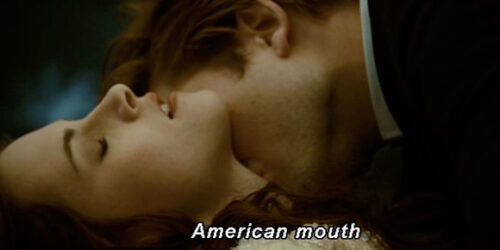
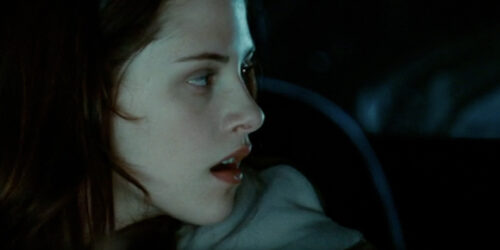
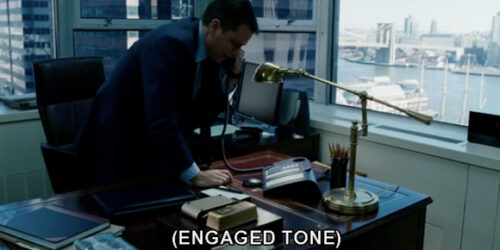


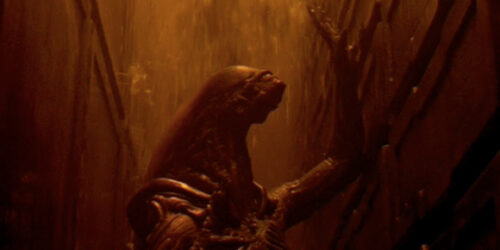
Never declaring myself as a professional…
I try to keep the rhythm of a song, or even a conversation, as much as possible, and trying to break captions where it doesn’t interrupt.
As usual, I enjoyed your post!
Chances are the captioner had a limited understanding of Shakespeare and/or poetry and didn’t know that the poetry Edward recites needs to be treated differently than prose. Edward’s prosaic recitation didn’t help.
Diane: Good point. Hence the need for what I call “cultural literacy for captioners” (i.e. a deep and wide understanding of the textual and sonic allusions being made in every movie, even Twilight).
Sean